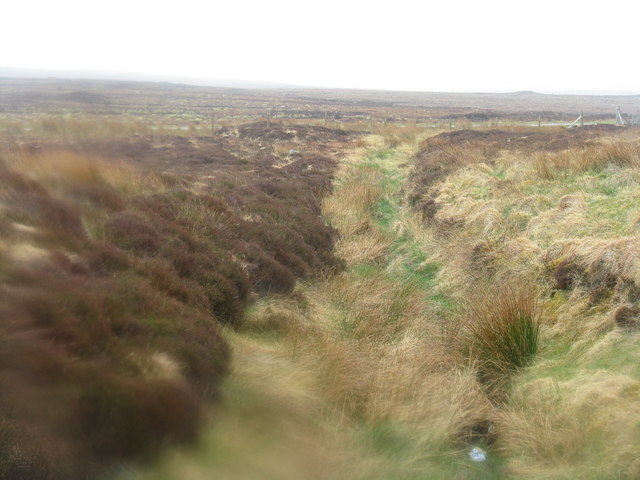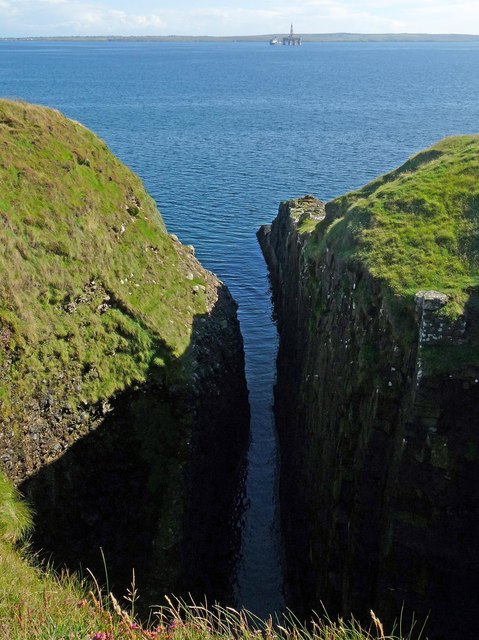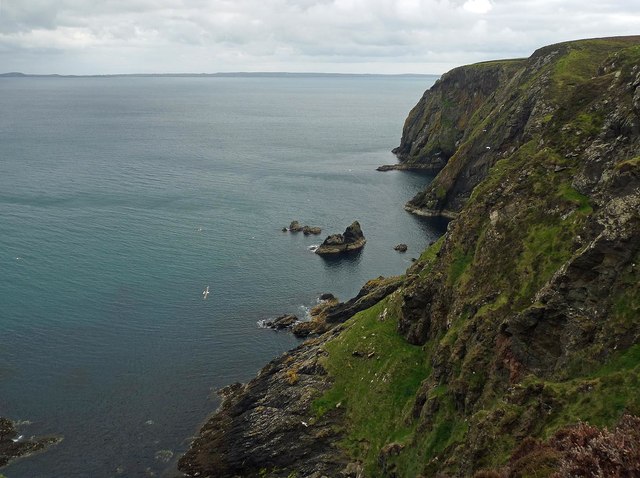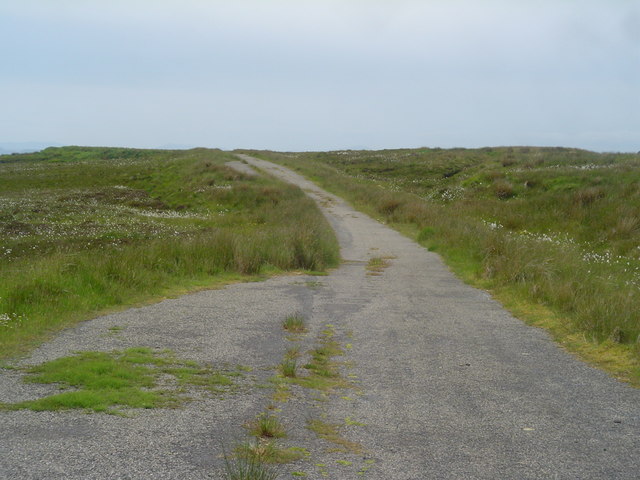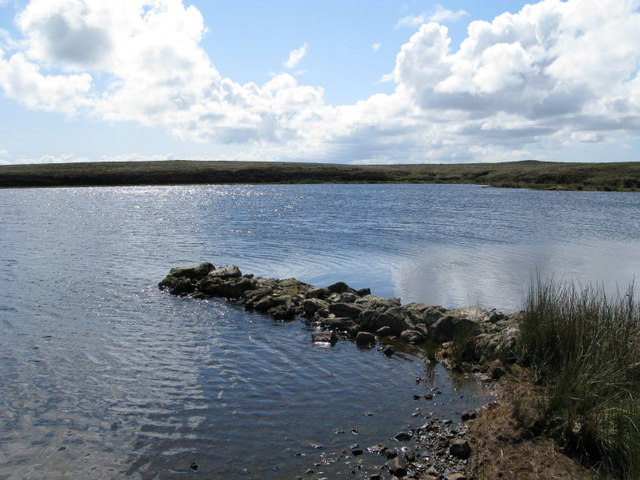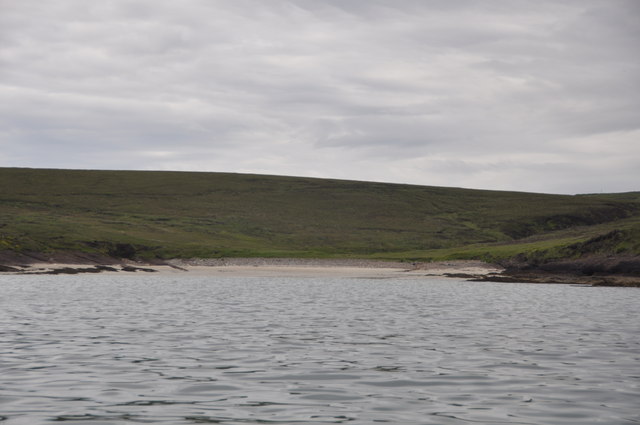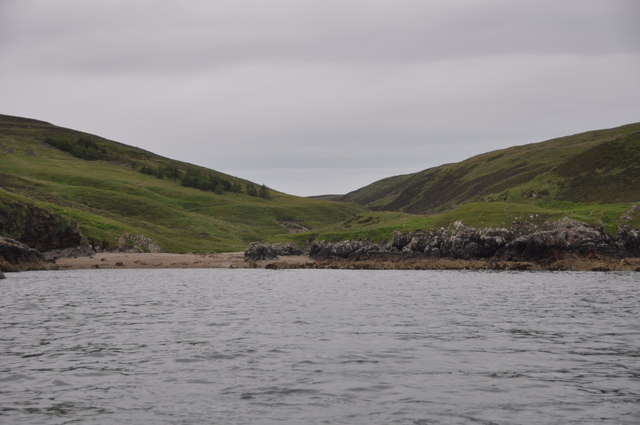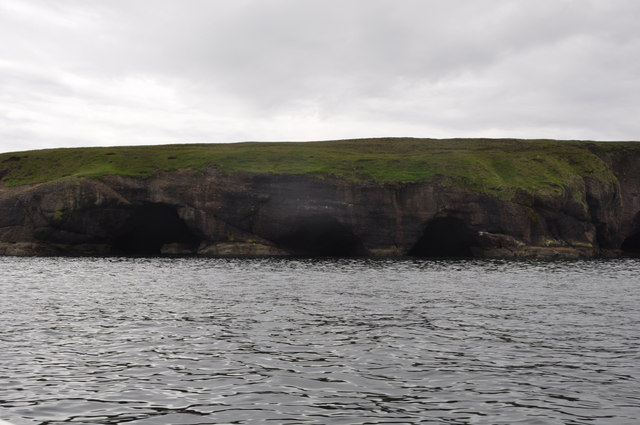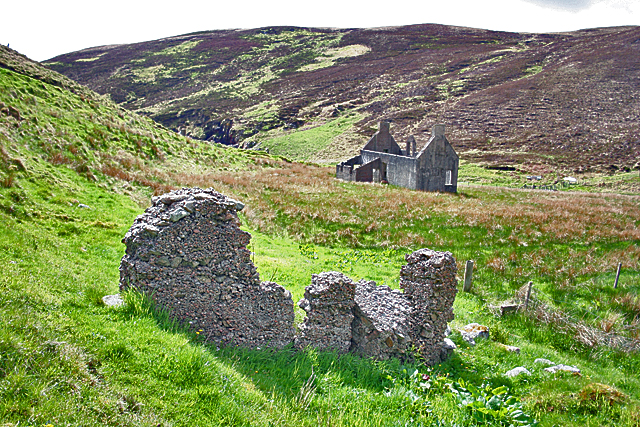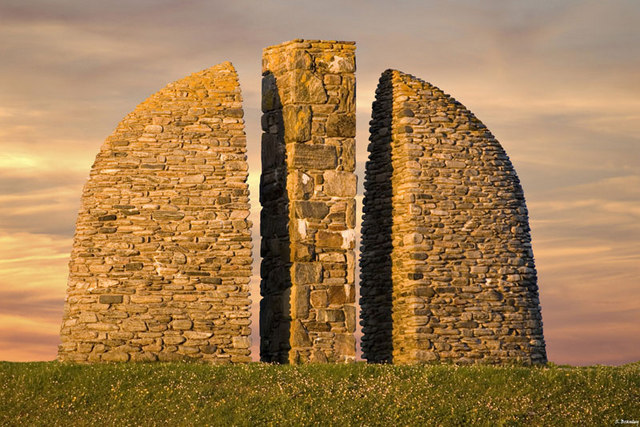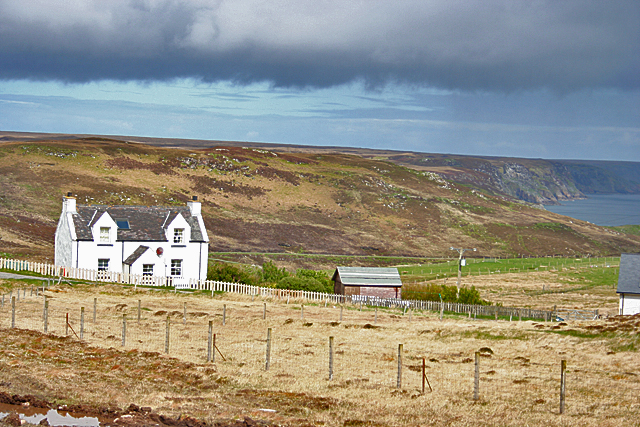Stac nan Sgarbh
Coastal Feature, Headland, Point in Ross-shire
Scotland
Stac nan Sgarbh
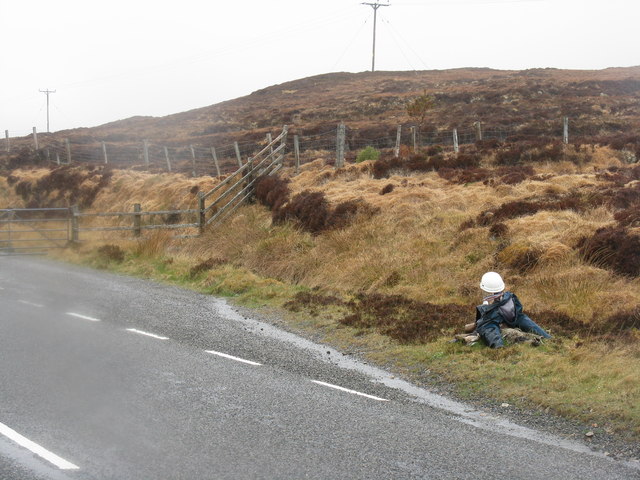
Stac nan Sgarbh is a distinctive coastal feature located in Ross-shire, Scotland. It is classified as a headland or point and is renowned for its unique geological formations and abundant birdlife.
Situated on the western coast of Scotland, Stac nan Sgarbh juts out into the North Atlantic Ocean, forming an imposing promontory. The headland is characterized by its steep cliffs, which rise dramatically from the sea, reaching heights of up to 100 meters. These cliffs are composed of rugged, weathered rock, primarily consisting of sandstone and shale.
One of the most notable aspects of Stac nan Sgarbh is its rich birdlife. The headland is home to a diverse range of seabird species, including razorbills, guillemots, puffins, and gannets. These birds nest on the sheer cliff faces, creating a vibrant and bustling breeding colony during the summer months. The coastal location of Stac nan Sgarbh provides an ideal habitat for these seabirds, as the surrounding waters are abundant with fish and other marine life.
In addition to its ecological significance, Stac nan Sgarbh also holds historical importance. It is believed that the headland was once a site of Viking settlement, as archaeological remains have been discovered in the vicinity.
Overall, Stac nan Sgarbh is a striking coastal feature in Ross-shire, boasting impressive cliffs, a thriving bird colony, and a rich historical background. Its natural beauty and ecological value make it a popular destination for nature enthusiasts, birdwatchers, and those interested in Scotland's history.
If you have any feedback on the listing, please let us know in the comments section below.
Stac nan Sgarbh Images
Images are sourced within 2km of 58.309961/-6.2392158 or Grid Reference NB5143. Thanks to Geograph Open Source API. All images are credited.

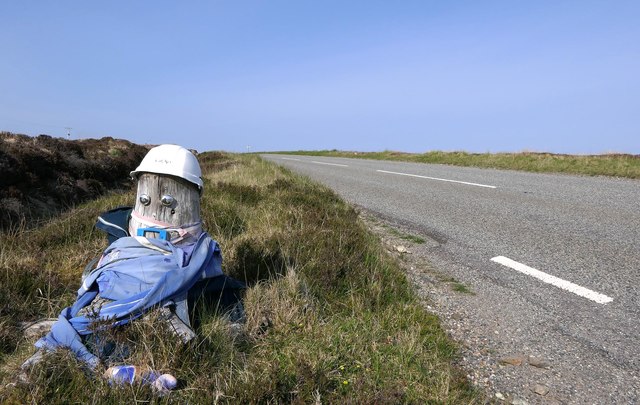


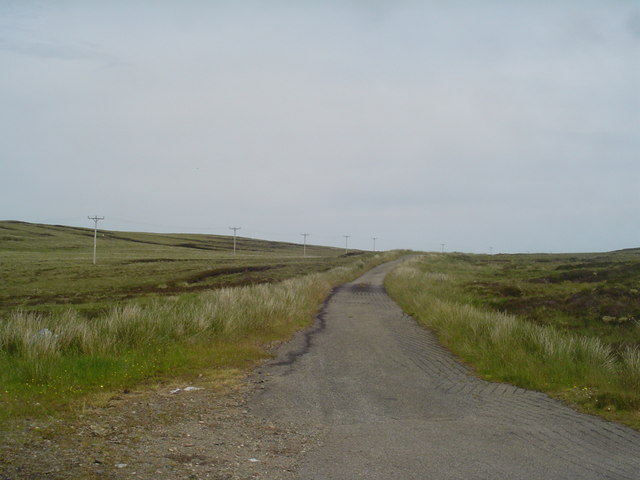
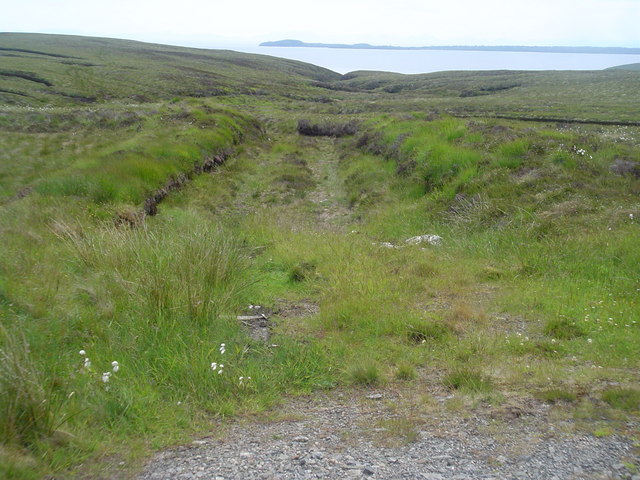
Stac nan Sgarbh is located at Grid Ref: NB5143 (Lat: 58.309961, Lng: -6.2392158)
Unitary Authority: Na h-Eileanan an Iar
Police Authority: Highlands and Islands
What 3 Words
///basis.spearing.traders. Near North Tolsta, Na h-Eileanan Siar
Nearby Locations
Related Wikis
Gress
Gress (Scottish Gaelic: Griais), a hamlet on the Isle of Lewis in Scotland, is adjacent to the larger village of Back. Gress is within the parish of Stornoway...
Back, Lewis
Back (Scottish Gaelic: Am Bac) is a district and a village on the east coast of the Isle of Lewis in the Outer Hebrides, Scotland, situated on a coastal...
North Tolsta
North Tolsta (Scottish Gaelic: Tolastadh bho Thuath) is a village in the Scottish Outer Hebrides, on the east side of the Isle of Lewis. North Tolsta is...
New Tolsta
New Tolsta (Scottish Gaelic: Baile Ùr Tholastaidh) is a village on the Isle of Lewis in the Outer Hebrides, Scotland. New Tolsta is within the parish of...
Have you been to Stac nan Sgarbh?
Leave your review of Stac nan Sgarbh below (or comments, questions and feedback).
